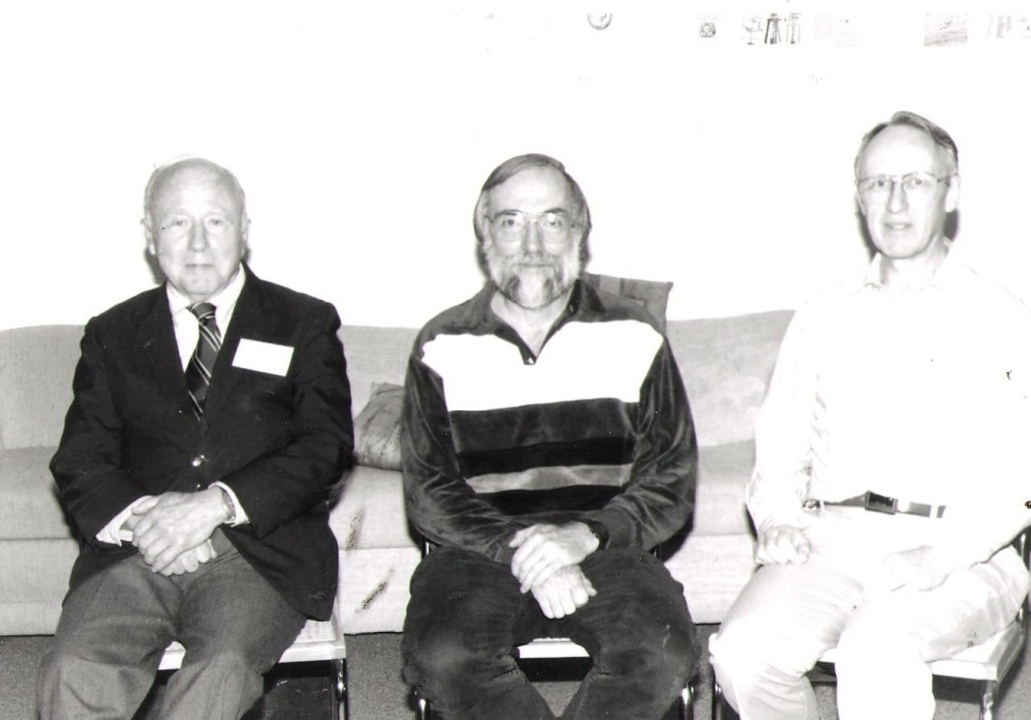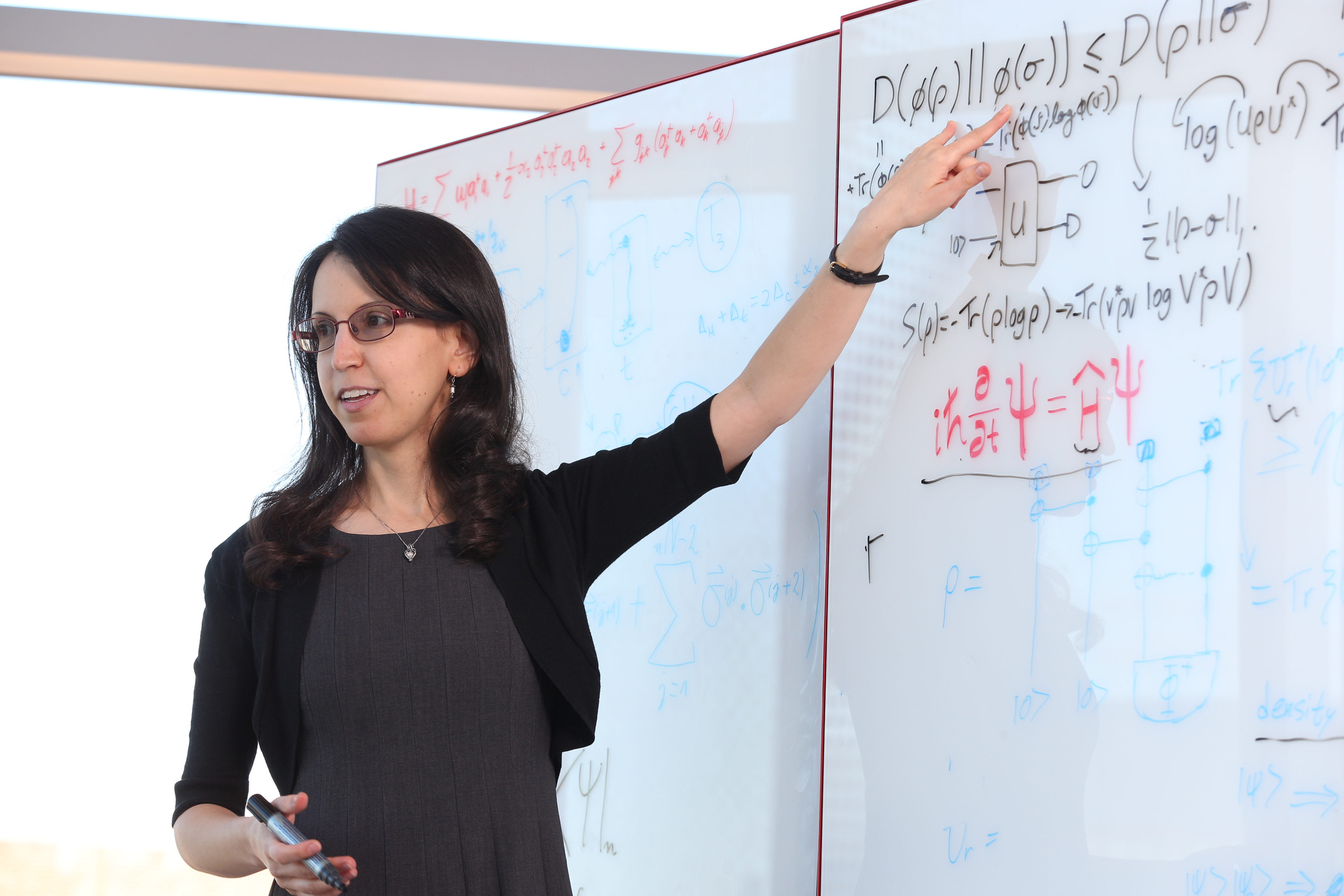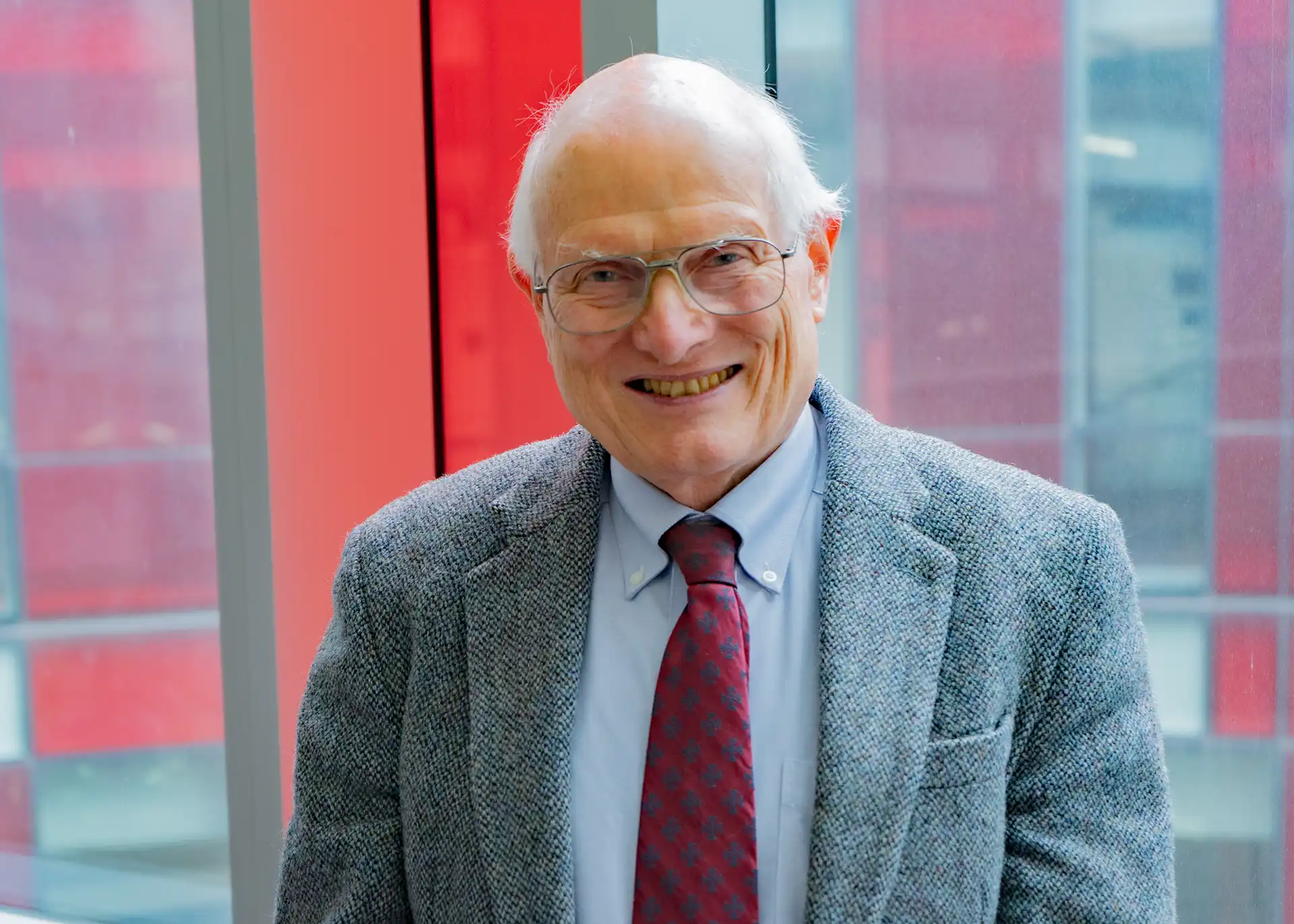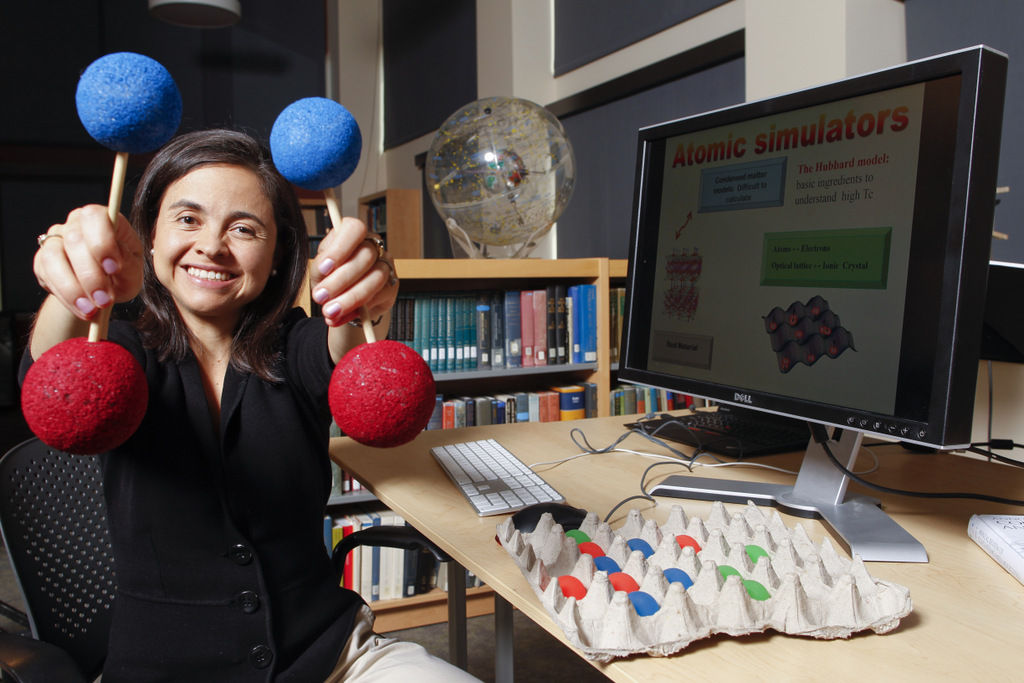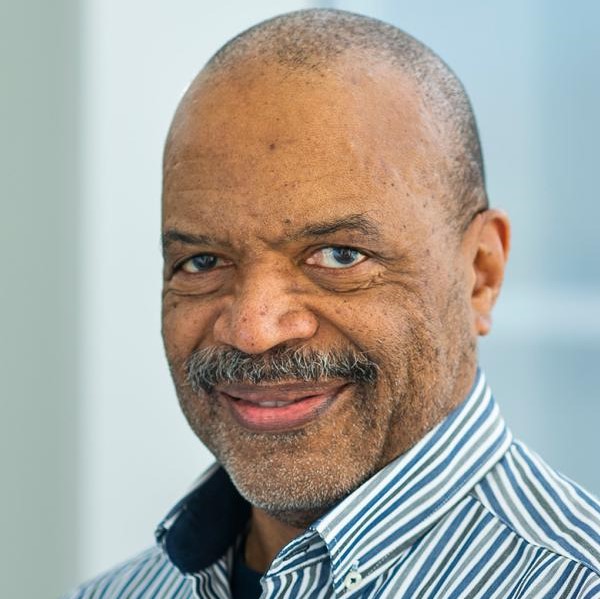Charles W. Misner, 1932 - 2023
- Details
- Published: Tuesday, July 25 2023 09:38
Charles W. Misner, an eminent theorist and co-author of the classic textbook Gravitation, died on July 24, 2023. He was 91.
Misner received a bachelor’s degree at the University of Notre Dame before his doctoral studies at Princeton University with John Archibald Wheeler. Following conferral of his Ph.D. in 1957, he remained at Princeton. A Sloan Fellowship enabled him to study at Niels Bohr’s Institute for Theoretical Physics in Copenhagen, and while there, he met and fell in love with Susanne Kemp, a friend of the Bohr family. John S. Toll, also in Denmark that spring, greeted the couple as they emerged from their wedding at the Copenhagen cathedral to convince them to move to UMD. Toll's powers of persuasion prevailed, and Misner served on the Maryland faculty from 1963 until his 2000 retirement.
Misner enjoyed a distinguished career in general relativity, devising with Richard Arnowitt and Stanley Deser the ADM formalism, which earned them the American Physical Society Dannie Heineman Prize for Mathematical Physics in 1994, and was commended by the Albert Einstein Society with its Einstein Medal in 2015. Misner was an elected Fellowand was an elected Fellow of the American Academy of Arts and Sciences, the American Physical Society, the American Association for the Advancement of Science and the Royal Astronomical Society.
He is also well-known as the co-author, with Wheeler and Nobel laureate Kip Thorne, of the acclaimed 1973 textbook, Gravitation. The authoritative opus, known universally as MTW, was so comprehensive and unique in its vivid pedagogical style that it has remained a valued resource despite subsequent developments, and was republished in 2017. Earlier this year, the International Society on General Relativity and Gravitation (ISGRG) celebrated the book’s 50th anniversary with an online forum; the milestone was also marked in Physics Today.
Following LIGO’s confirmation of Einstein’s theory of relativity, Misner contributed to UMD's popular Nov. 1, 2016 symposium, A Celebration of Gravitational Waves. When Rainer Weiss, Kip Thorne and Barry Barish received the 2017 Nobel Prize for LIGO, Misner was quoted in Nature 's writeup. His student Richard Isaacson (Ph.D., 1967), was noted as an "unsung hero" of LIGO, along with former UMD physicist Joe Weber and Alessandra Buonanno, in a separate article in Nature.
The American Institute of Physics interviewed Misner for its oral history collection in 1989, 2001 and in 2020.
In 2018, Susanne Misner spotted a New York Times story announcing that a signed copy of Stephen Hawking's doctoral thesis had sold for $760,000. The Misners authorized the sale of their Hawking correspondence, yielding $260,000 to benefit the Joseph Weber Fund for Gravitational Physics.
More recently, the Misner family established the Charles W. Misner Endowed Lectureship in Gravitational Physics, which debuted in Fall 2022.
The Charles W. Misner Award, recognizing outstanding Ph.D. thesis work in gravitation and cosmology by a UMD graduate student, was established in his honor.
Susanne Misner died in 2019; the couple is survived by four children and five grandchildren. Please see this link for further information from the Misner family.
